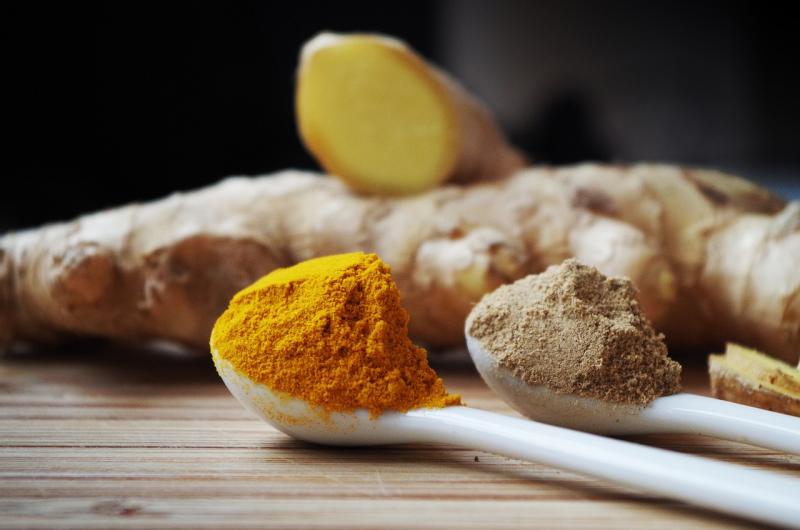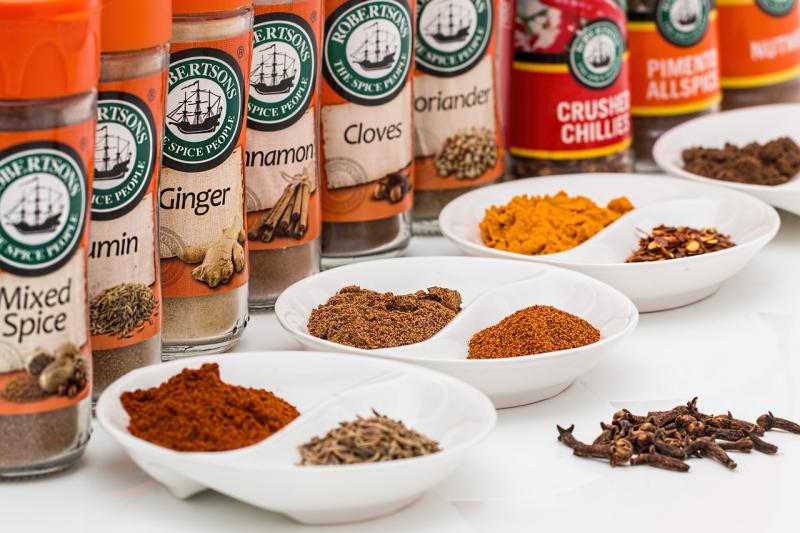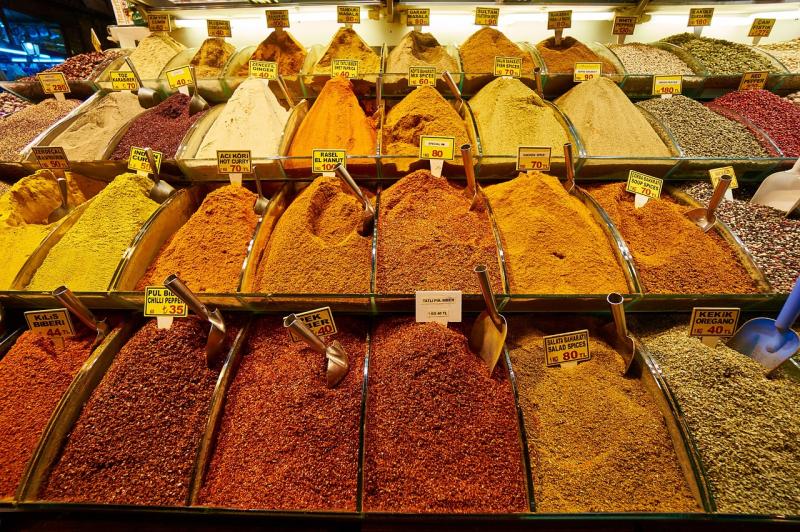Spice routes have played a huge role in shaping world history. These paths were not just for trade; they were the veins of cultural exchange that brought different peoples together. Traders journeyed over oceans, deserts, and mountains to deliver spices that were highly prized for their flavors and medicinal properties. Can you imagine traveling for months to bring back something as simple as cinnamon or pepper?
One of the most famous spice routes was the Maritime Silk Road, which connected Asia to Europe. Spices like nutmeg and cardamom made their way to bustling markets, influencing cooking styles and recipes across continents. The demand for these exotic flavors drove explorations and fueled powerful empires. The quest for spices was a thrilling adventure that changed maps and created lasting connections.
On land, the spice trade also saw the rise of the Incense Route, linking the Mediterranean with India and Arabia. This route wasn’t just about spices; it delivered precious goods like frankincense and myrrh. These items were so valuable that they were known as “sacred” and used in religious ceremonies. The trade of spices on these routes not only affected culinary practices but also shaped culture and religion.
As spice trade flourished, it sparked competition, exploration, and even conflict. Nations sought to control these routes, leading to powerful maritime empires. The legacy of these spice routes remains in our kitchens today. They remind us of how flavors can travel far beyond their origins and the rich history that comes with each pinch of spice.
Ancient Civilizations and Their Favorite Flavors
When we think about ancient civilizations, we often picture grand empires and legendary battles. But what about the flavors that filled their kitchens? Spices were just as crucial to their daily lives as gold and silk during trade routes. From the bustling markets of ancient Egypt to the spice-filled streets of Rome, flavors were a way to connect cultures and create culinary masterpieces.
Take the Egyptians, for instance. They were big fans of coriander and cumin, which were often used in both savory dishes and healing remedies. Coriander was especially popular for its fresh flavor and was even found in ancient tombs as part of the burial process. Imagine the aroma wafting through their kitchens as they prepared everything from bread to stews!
Then there were the Romans, who had a taste for bold flavors. They loved using black pepper, which was considered a luxury item snatched up from trade routes. It was so valued that it was often used as currency! The Romans also enjoyed spices like dill and fennel, adding layers of flavor to their famous sauces and dishes like garum, a fermented fish sauce that packed a punch.
Moving east, we can't forget about the ancient Chinese civilization, where ginger and star anise were staples in their cooking. They believed spices not only enhanced taste but also provided health benefits. Ginger, for example, was a common ingredient in soothing teas and dishes, perfect for the chilly winters.
Each civilization had its own unique relationship with spices, showcasing their flavors and preferences. Whether it was for enhancing taste, preserving food, or even for healing, spices were essential to daily life and trade. These ancient flavors still influence our cooking today, reminding us of the rich history behind what we eat!
The Role of Spices in Trade
Spices have played a crucial role in trade since ancient times. Imagine a world where food was bland and tasteless—hard to picture, right? That’s where spices come in. They changed everything, not just in cooking but also in how people interacted across long distances.
From the sturdy, aromatic cinnamon to the fiery zing of pepper, spices were more than just flavor enhancers. They were valuable commodities that sparked trade routes. Merchants traveled for miles, navigating deserts and oceans, often risking their lives for the chance to acquire these precious ingredients. The Silk Road is a perfect example; it connected the East and West, spreading not only spices but also culture, ideas, and technology.
Different spices were highly sought after for various reasons. Some, like saffron, were prized for their rarity and vivid color, while others, like cloves, were believed to have medicinal properties. Demand was sky-high, leading to the establishment of trade kingdoms and even driving wars. Nations clashed over control of spice-rich territories, showing just how influential these tiny ingredients could be.
Even today, the legacy of spice trade is visible. The vibrant markets in cities around the world showcase a stunning array of spices, reminding us of that rich history. With each sprinkle of spice in our meals, we’re not just adding flavor; we’re tasting centuries of trade, adventure, and connection that shaped our global culture.
How Spices Shaped Cultural Exchange
Spices have been part of human history for thousands of years, playing a huge role in how cultures interacted and exchanged ideas. From the early traders who traveled the Silk Road to the bustling markets of ancient India, spices acted as a bridge between diverse regions. They weren’t just about flavor; they carried stories, traditions, and sometimes even power.
Imagine the excitement in the air as traders brought pepper from India, cinnamon from Sri Lanka, or saffron from Persia. Each spice came with its own history and cultural significance. For example, black pepper was so valuable in ancient Rome that it was used as a form of currency. This mix of trade and value spurred not only economic exchanges but also the sharing of knowledge, religion, and art across continents.
As spices traveled, they transformed local cuisines and shaped culinary practices. When European explorers set out for new lands in search of spices, they weren’t just looking for something to sprinkle on their food. They were after goods that could change their entire economy. The demand for spices led to discoveries of new lands and the eventual establishment of trade routes that would connect the world in ways never seen before.
Today, when you sprinkle a little turmeric or coriander into your dish, remember that you’re participating in a rich history of cultural exchange stretching back thousands of years. The journey of spices is a reminder of how flavors can unite people and celebrate our diverse backgrounds.



